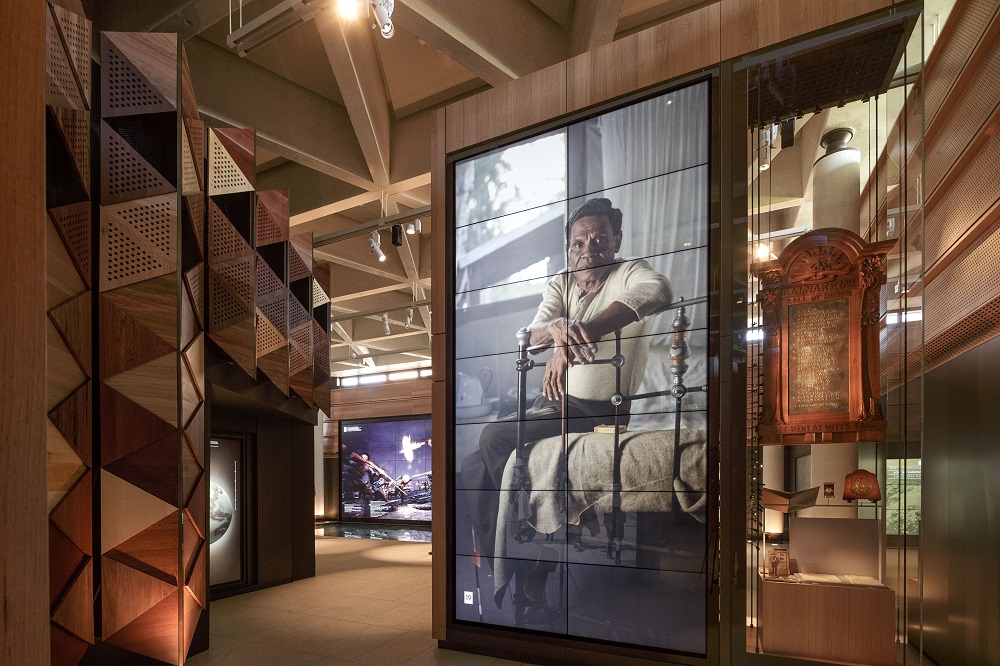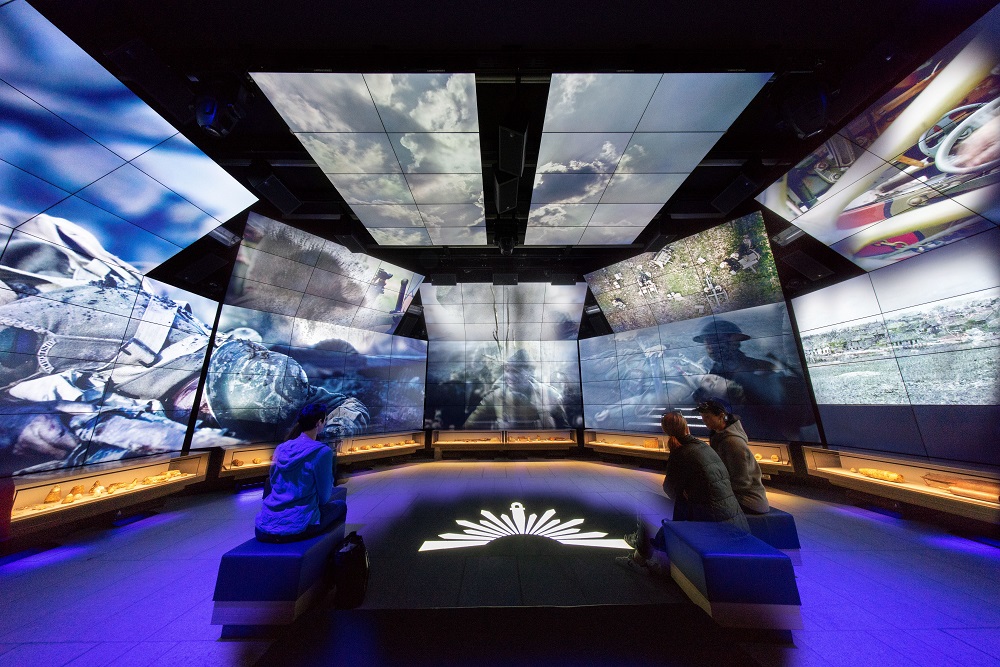Sir John Monash Centre adapts to a COVID world
Drawing on an incredible archive of objects, images and documents, the Sir John Monash Centre (SJMC), near Villers-Bretonneux in France, tells the story of Australia’s involvement on the Western Front battlefields during the First World War.
With travel restrictions in place in France since 2020, the SJMC has had to adapt and offer a digital alternative to a site visit.
‘As many of you are missing not being able to visit the Sir John Monash Centre, we want to bring the Centre to you,’ explains Rebecca Doyle, Director of the SJMC.
Providing an online alternative comes easily to the SMJC as digital content occupies a central place at the Centre.
The SJMC has released a series of short videos available on DVA’s YouTube channel. The videos begin with the reasons for Australia’s involvement in the First World War. We then get an insight into the life of the soldiers during one of northern France’s coldest winters on record. In another video, we enter the daily life of the Australian troops behind the front.
The series concludes with the end of war, and a portrait of General Sir John Monash, who led the Australian Corps with outstanding success on the Western Front in 1918.
Also available on DVA’s YouTube channel is an online conference on Australian Olympians who served during the First World War, presented by British battlefield historian Pete Smith and hosted by the SJMC.
If you want to know more about the involvement of Australians on The Western Front during the First World War, make sure to see these videos and to follow the SJMC on social networks. They regularly share interesting stories from the Western Front illustrated with nicely selected archive material.
The Australian National Memorial
The Australian National Memorial commemorates all Australians who fought on the Western Front in the First World War.
From a nation with a population of less than 5 million when war was declared, 415,000 Australians enlisted to fight. Of those, more than 295,000 Australians served on the Western Front and 46,000 of them never came home.
It was also here, three years after the Gallipoli landings, on the night of 24–25 April 1918, that British and Australians reclaimed the village of Villers-Bretonneux.
The second Battle of Villers-Bretonneux saw the Allies’ first decisive push back during the Spring Offensive. It was followed by the 93-minute victory on 4 July 1918 at Le Hamel, under the command of Sir John Monash. Monash’s innovative combined arms tactics were repeated on a larger scale on 8 August in the Battle of Amiens, which led to the end of the war.
The memorial lists the battle honours of the 1st Australian Imperial Force and the names of nearly 11,000 Australians who died in France and have no known grave.
The SJMC is behind the memorial.


Images of the Sir John Monash Centre
